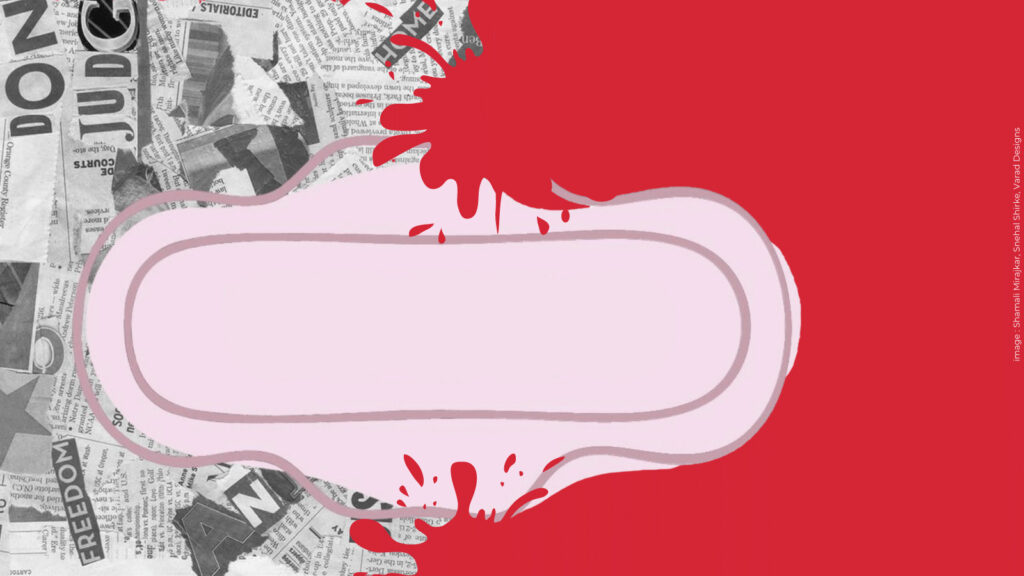We often hear something along the lines of “… but there can’t be that much that needs teaching. It’s just a period”
Oh how wrong they are. There is SO MUCH surrounding periods, menstrual health management and reproductive health topics that people deserve to be taught to enable them to have the most positive and healthy menstrual cycle they can.
Gaps in 4 Stages of Menstrual Health Management (#MHM)
Agrograde app helps farmers get a quality overview of their harvested fruits and vegetables. This report comes handy while negotiating with buyers and also helps farmer determine who it should be marketed to.
Here’s just some of the things that were missing from our period education that should be included:
Stage 1 : Awareness
Adolescence is arguably one of the most difficult times in life. Many teenagers, both in urban and rural settings across region, lack the necessary information about sexual and reproductive health to avoid problems such as unwanted teenage pregnancy, poor menstrual hygiene management, and sexually transmitted diseases. These issues affect young females especially, often reducing their ability to attend school consistently or even graduate. To safely navigate through these years, young people must be equipped with sufficient education about their own health and bodies.
Along with that, menstrual and reproductive health taboos are still a huge obstacle preventing adolescents from managing their health more effectively. Myths and false understandings may be fostered when discussion around an important topic is limited. In return, many of menstruators (people who menstruate) feel disconnected from their own natural and biological cycle and curse their own menstrual cycle.
Period stigma is the biggest barrier to the global advancement of women and girls. Because period stigma and taboo cause us to feel dirty, ashamed, and frustrated.
ChangeMakr Asia Tweet
Stage 2 : Access
Here’s what happens when you cannot afford to get your period products. Most women have a span of thirty years between the onset of menstruation and menopause. This means about 360 periods, or more, throughout the woman’s life.
That’s thirty long years of buying sanitary products and pain medication. Thirty years of planning major events like weddings and vacations ,based on when your period will arrive. Thirty years of protecting your clothing. Thirty years of managing birth control and fertility. On average a woman will spend close to $18,000 managing her periods, not including medical care.
So here’s what happens when you cannot afford to get your period products. It can hugely impact girls’ education and women’ life in general. Lack of access to proper menstrual products, often called period poverty, women, girls as well as menstruators can be denied access to education and can face extreme bullying and gender-based violence in and around schools and social settings.
It’s not just about embarrassment, odors, or staining your clothes. Failure to change your tampons and pads every four to six hours — regardless of whether or not they are completely saturated — can lead to a host of health problems, including:
- Urinary tract infections
- Skin irritation
- Fungal infections
- Toxic Shock Syndrome
- Reproductive infections
- Infertility
Period poverty is a human rights issue.
Stage 3 : Usage
Everyone that menstruates knows how much waste comes with a period. Whether it be pads or tampons, we throw out a lot during that one week. A brief explanation of what a period is and a quick look at a tampon and a pad just isn’t going to cut it anymore. We need more and wider access to information on what menstrual health products are currently on the market, whether or not they are eco-friendly, and whether or not they are chemical-free, and friendly to the bodies of women and girls.
Stage 4 : Disposal & Waste Management
On top of period poverty and period shame, we should also be aiming to solve period waste too.
MHM enabled WASH facilities alone; (separate toilets for girls and boys, doors with locks, access to socially acceptable disposal facilities, access to water for washing near the toilets, and space for changing are one of the most critical elements to ensure that women, girls and people who menstruate are seen and empowered.
It is only through a holistic and multi-sectoral approach that applies gender equality, education, human rights, and sustainability perspectives that we can empower women and girls to take control of their bodies and, ultimately, their lives. Without addressing these linkages, our efforts to achieve the sustainable development goals will fall short on menstrual cycle and emotion.
You must be the change you wish to see in the world. And even if you not making a huge difference in society, you are making a change in perspective that can be a start of something great.
ChangeMakr Asia Tweet


